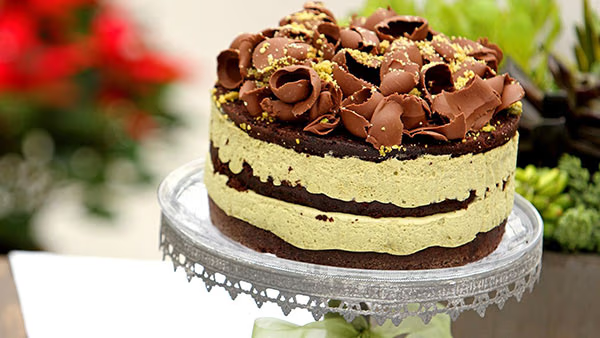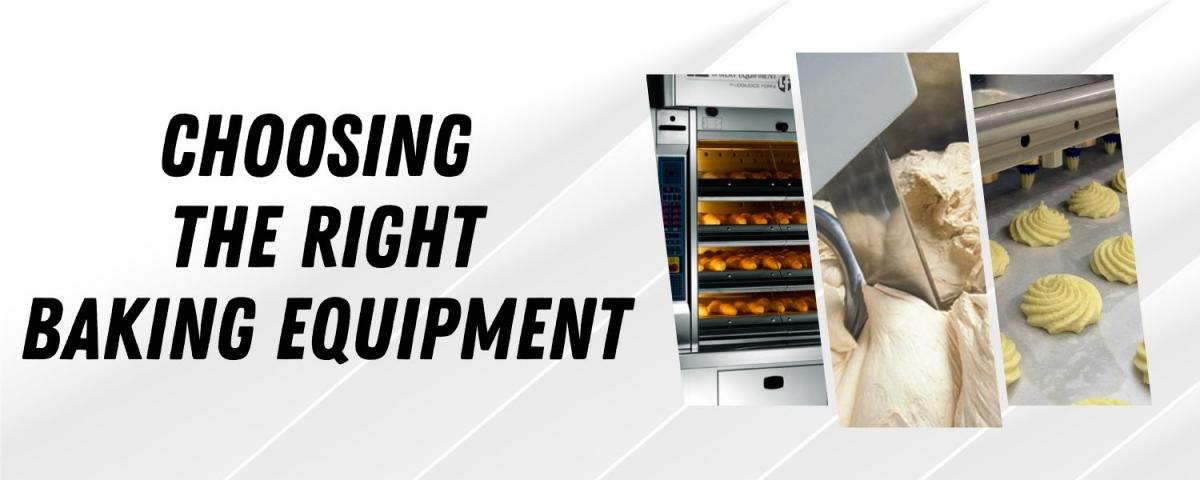Why Did My Cake Have a Dome? How to Achieve a Flat and Even Cake Top
Achieving a flat and even cake top is a common goal for bakers who want a professionally finished look for their cakes. A domed cake can be challenging to frost and may affect the overall presentation of your baked goods. This guide will explore why cakes often dome and provide practical tips to help you achieve a perfectly flat surface every time.
Understanding the Cause of a Domed Cake
A domed cake is usually the result of uneven baking. Several factors contribute to this issue, including oven temperature, cake batter consistency, and pan size. When a cake rises more in the center than at the edges, it creates a dome that needs to be leveled for an even finish.
1. Oven Temperature: If your oven temperature is too high, the cake may rise too quickly in the center, causing it to dome. It’s crucial to bake at the correct temperature to ensure even rising.
2. Batter Consistency: A thick batter can cause uneven baking, leading to a domed cake. Ensure your batter is well-mixed and of the right consistency for an even rise.
3. Pan Size and Shape: Using the wrong pan size or shape can impact how evenly your cake bakes. A pan that is too small may cause the cake to rise unevenly, while a pan that is too large might not provide enough support.

Tips for Achieving a Flat and Even Cake Top
To avoid a domed cake and achieve a flat and even cake top, follow these tips:
1. Use the Right Oven Temperature
One of the most critical factors in baking a cake with a flat top is ensuring your oven is at the correct temperature. Use an oven thermometer to verify that your oven is not too hot or too cold. Bake at the recommended temperature for your recipe to promote even rising.
2. Bake Evenly with Cake Strips
Cake strips are specialized tools that help bake cakes more evenly. These strips wrap around the outside of your cake pan and help insulate the sides, preventing the edges from baking faster than the center. This helps reduce the doming effect and promotes a flat surface.
3. Adjust the Batter Consistency
Ensure your batter is well-mixed and of the right consistency. If your batter is too thick, it may rise unevenly. Mix your ingredients until smooth and avoid over-mixing, which can lead to a dense texture. A properly mixed batter will rise more evenly, contributing to a flatter cake top.

How to Level a Domed Cake
If you end up with a domed cake, don’t worry—there are ways to level it out for a perfect finish. Here’s how to do it:
1. Use a Cake Leveler
A cake leveler is a handy tool designed to cut off the domed top of a cake and create an even surface. Simply place the leveler on the cake and slice off the dome. This tool allows for precise leveling and is particularly useful for layered cakes.
2. Level with a Serrated Knife
If you don’t have a cake leveler, a serrated knife works well for leveling a domed cake. Place the cake on a flat surface and use the knife to carefully cut away the domed portion. Keep the knife level to ensure an even cut.
3. Cool the Cake Before Leveling
Allow your cake to cool completely before leveling. A cooled cake is firmer and easier to cut, reducing the risk of crumbling. If the cake is still warm, it may be more difficult to achieve a clean, flat surface.
Baking Techniques for a Flat and Even Cake Top
Incorporating specific baking techniques can further help in achieving a flat and even cake top:
1. Use a Cake Pan with a Flat Bottom
Opt for cake pans with a flat bottom rather than those with a slight slope. Pans with a flat bottom promote even baking and help the cake rise more uniformly, reducing the likelihood of a dome.
2. Consider Using Cake Batter Strips
In addition to cake strips, you can use cake batter strips or bake-even strips that are specifically designed to ensure even baking. These strips help maintain a consistent temperature around the cake pan, promoting an even rise.
3. Avoid Overmixing the Batter
Overmixing the batter can introduce excess air and cause uneven rising. Mix the batter just until the ingredients are combined and avoid over-beating. This helps the cake rise more evenly and reduces the chance of a domed top.

Troubleshooting Common Issues
Even with the best techniques, you may encounter challenges. Here’s how to troubleshoot common issues related to achieving a flat and even cake top:
1. Cake Dome Still Present: If your cake still domes despite following these tips, check your oven temperature and pan size. You might need to adjust the temperature or switch to a different pan size for better results.
2. Uneven Rise: If the cake rises unevenly, ensure that your oven is preheated properly and avoid opening the oven door too often. Consistent baking conditions help achieve an even rise.
3. Crumbly Texture: If your cake is too crumbly after leveling, it might be overbaked or too dry. Try adjusting your baking time and checking the cake for doneness earlier to avoid overbaking.
Enjoying a Perfect Cake
Achieving a flat and even cake top enhances both the appearance and texture of your baked goods. With the right techniques and tools, you can create cakes that look as good as they taste. Remember that practice makes perfect, and don’t be afraid to experiment with different methods to find what works best for you.
In conclusion, preventing a domed cake and achieving a flat and even cake top involves understanding baking conditions, using the right tools, and applying effective techniques. By incorporating these tips and addressing common issues, you can ensure your cakes are beautifully even and ready for any occasion. Happy baking!

To buy Baking products Click Here
To contact us Click here



























